What is chocolate?
Chocolate comes from the beans known as Theobroma cacao, a name that means ‘food of the gods’. The flavour of chocolate differs depending on how it is prepared and the ingredients used. Chocolate is made through a complex and lengthy process before it becomes the delicious treat we’ve all come to love. The cocoa pods are harvested, fermented, dried and shipped. Once they arrive at their destinations, they are used to create delicious chocolates by roasting the beans and adding other ingredients to get the chocolate makers’ desired characteristics.
Types of chocolate

Milk chocolate contains only 10-40% cacao, which is combined with sugar and milk solids. I think we’re all pretty familiar with this one!
Dark chocolate contains 70% cacao or above. The provenance of the cacao bean can drastically alter the flavour the chocolate; however, all will contain the same cacao-to-sugar ratio.
White chocolate contains no cacao solids, but is instead made from the cocoa butter along with some sugar and sometimes vanilla. A lot of chocolatiers don’t consider white chocolate to be actual chocolate.
Cocoa powder is made of 100% cacao and zero sugar. It is in a powder form as there is not cocoa butter to keep it together. Cocoa powder is primarily used in baking, as it is very bitter.
Unsweetened chocolate/baking chocolate contains 100% cacao and no sugar. It is held together by cocoa butter. Unsweetened chocolate is perfect for baking. Nowadays people usually use bittersweet chocolate for baking, which contains 60% cacao and 40% sugar.
How to handle chocolate

Chocolate is an amazing substance and can be used to create remarkable treats and sculptures, once treated carefully. It is very sensitive to changes in temperature, so when it comes to melting chocolate, it is important to take care as it can affect the look and texture of the finished product.
When melting chocolate, it is essential to not let it come into contact with water, as it can cause it to ‘seize’, or turn into a lumpy mess. Similarly, overheating chocolate will ruin the taste and texture of the final product. Chocolate should be melted over indirect heat (in a bain-marie) or in small intervals in a microwave.
How to melt chocolate
- Bain-marie is one of the safest ways of melting chocolate. Place a heatproof glass bowl over a pot of simmering water. Break the chocolate into small pieces and place into the bowl. Do not let the bottom of the bowl touch the water or allow the water to get into the chocolate. Give it a stir once or twice and remove from the heat once it’s melted. The chocolate will become grainy if it overheats.
- Microwaving chocolate is quick and easy. Break the chocolate into small pieces and place in a microwave proof bowl. Melt the chocolate on medium power in 30-second intervals, stirring the chocolate each time, until just melted. Always remember to melt chocolate slowly.
What is tempering?

Tempering refers to a process of heating and cooling chocolate to a specific temperature so that the cocoa butter in the chocolate forms even crystals. Tempered chocolate has a shiny appearance and has a perfect snap when broken. Tempering also keeps chocolate stable at room temperature. If chocolate isn’t tempered correctly it will look dull and will have an almost chewy texture. However, tempering chocolate is primarily for making chocolates, Easter eggs, chocolate sculptures etc. When using chocolate for baking, you need to melt the chocolate the same way, but you don’t have to worry about temperatures.
How to temper
The fancy way of doing things includes a marble slab, a thermometer, a metal bench scraper and a palette knife – the quick and easy way is using the trusty microwave! Chop your chocolate into smaller pieces and place into a microwave safe bowl. Melt at 800-1000W, checking it every 15 seconds. It is important not to overheat the chocolate. When the chocolate looks almost melted, remove from the microwave and stir gently. You are now ready to get your Willy Wonka on!
Know your quality chocolate
Good quality chocolate has a glossy finish and snaps well when broken into pieces. It will have an intense taste and the perfect melt-in-the-mouth feel. Bad chocolate will look dull and may have grey or white streaks in it; this is known as chocolate bloom. Bloom is caused by the crystallisation of the sugar, which causes it to come to the surface when exposed to humidity. While perfectly edible, the chocolate will melt to a grainy mess, so it’s not suitable for baking. Blooming can also happen to older chocolate, so be sure to eat it before that happens!
Cheaper chocolate us often made with vegetable fats that can affect taste, texture and shine. Cheaper chocolate does do the job for certain bakes but, if you really want to pack in that chocolaty taste, spend that bit extra on a good quality bar.
- summer events
- small business
- gut health
- OATLY
- healthy
- Crudo
- top tips
- All Together Now
- fridge cake
- Events Waterford
- food festival
- Events Ireland
- me auld flower
- news
- dublin
- events Dublin
- dublin festival
- Home-Cooking
- food and drink festival
- online cooking course
- festival line-up
- cooking
- Summer festival
- eco-friendly
- Events
- cosy
- Festivals Ireland
- wine
- Body & Soul
- grapes
- music festival
- south africa
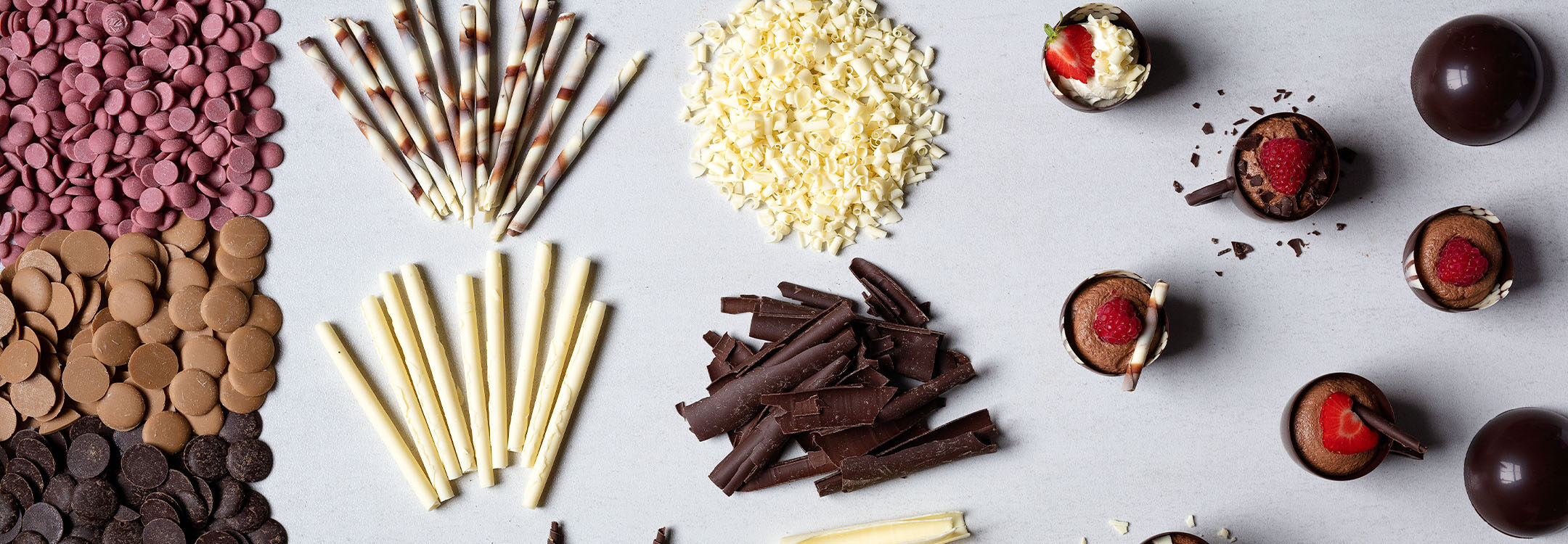
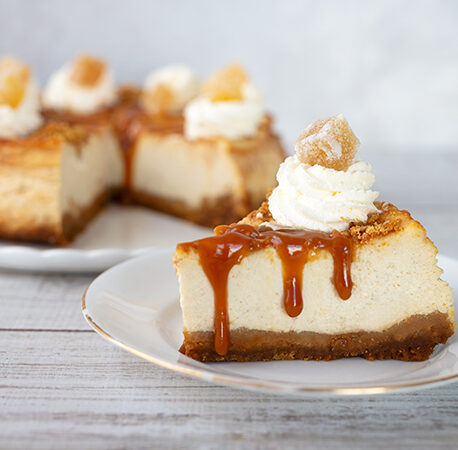
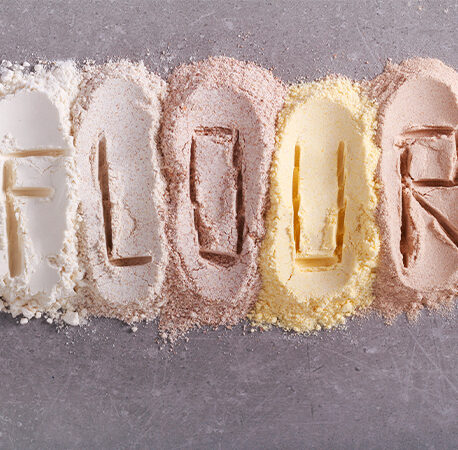

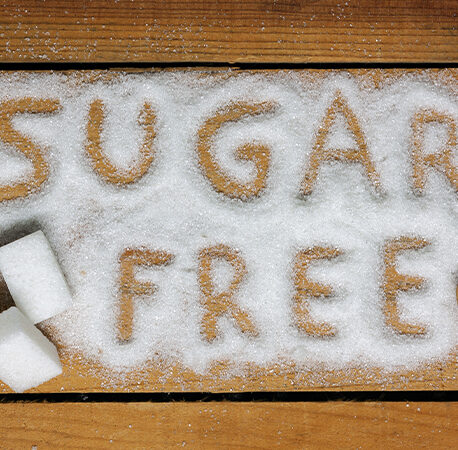
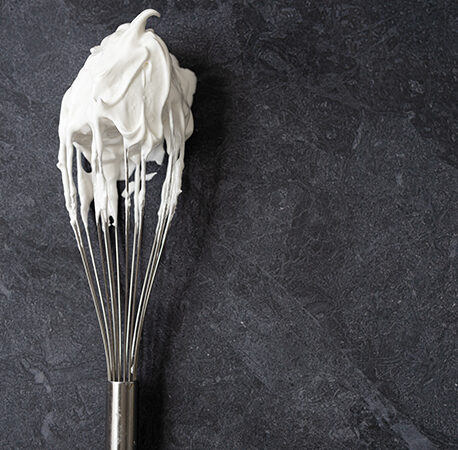
You have to be signed in to comment this post.